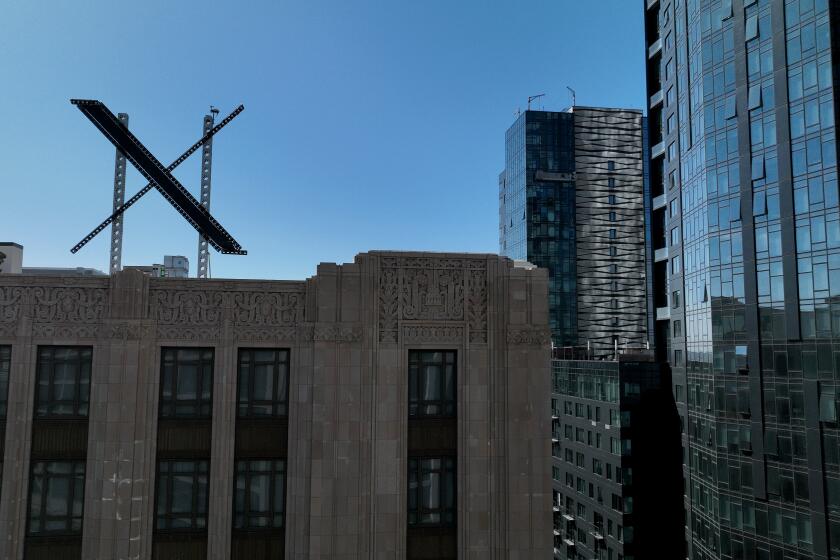Refinery Loses Round in Fight to Block Acid Curbs
A Wilmington oil refining company has lost a key round in its court fight to block new curbs on the large-scale use of hydrofluoric acid, a highly toxic chemical used in the South Bay by two refineries and a refrigerant plant.
Ruling against Ultramar Inc., Los Angeles Superior Judge William Huss decided Friday that the South Coast Air Quality Management District had the legal authority to enact the measure.
The ruling bolsters the AQMD’s effort to enact regulations to reduce the risk of catastrophic chemical spills, a sharp departure from the agency’s traditional role of curbing routine air pollution.
“We’re very pleased,” Peter Greenwald, the agency’s counsel, said this week. “The court has recognized that the district has the authority to prevent harm to the public from potential catastrophic releases.”
Huss’ decision only affects a portion of Ultramar’s legal challenge, which was filed in May. The suit also charges that the AQMD overstated the risks of hydrofluoric acid, among other allegations, and is scheduled to go to trial in March.
But the decision still comes as a blow to Ultramar. Since the rule on hydrofluoric acid was enacted in April, the refining company’s central allegation has been that the AQMD lacks the legal authority to address the potential for accidental spills.
“It’s a very big disappointment,” said Michael Hileman, Ultramar’s vice president of corporate development. He said his company has not decided whether to appeal the ruling, but added, “We still feel the district is overstepping its bounds when it regulates accidental releases.”
At issue is an AQMD rule that will phase out the large-scale use of hydrofluoric acid unless industry develops a safe form of the chemical by 1994. The acid is used in bulk in the four-county AQMD area: Allied-Signal’s refrigerant plant in El Segundo and four oil refineries--Mobil in Torrance, Ultramar in Wilmington and Golden West and Powerine in Santa Fe Springs.
If an acceptable substitute for the acid is not found by 1994, the phase-out deadlines will be 1998 for the four refineries and 1999 for the Allied-Signal plant.
The AQMD also plans to consider other hazardous substances for controls. Among them are anhydrous ammonia and chlorine. The two chemicals raise concerns because, like hydrofluoric acid, they are acutely toxic and tend to vaporize on release, forming a lethal, low-flying cloud.
Air district officials have argued that they have enough authority for the regulatory effort because their agency is charged with enforcing a state law that prohibits the discharge of pollutants that endanger public health or safety.
With Judge Huss’ decision supporting that view, the officials express confidence that the rule on hydrofluoric acid--and subsequent regulations to guard against chemical spills--will stand up in court.
“This is by far the most important issue in the case,” said Barbara Baird, deputy counsel for the AQMD. “It was the key issue we were hoping very much to win.”
More to Read
Inside the business of entertainment
The Wide Shot brings you news, analysis and insights on everything from streaming wars to production — and what it all means for the future.
You may occasionally receive promotional content from the Los Angeles Times.










